AARP Hearing Center


Symptoms like cough and fever from common viral infections such as the flu or COVID-19 often fade within a week or so. But new research suggests the health risks don’t end when you start feeling better.
A review of 155 scientific studies published in the Journal of the American Heart Association found that influenza and COVID infections raised the risk of heart attack and stroke by as much as three- to fivefold in the weeks following the initial infection. And viruses that linger in the body, such as HIV, hepatitis C and varicella zoster (the virus that causes shingles), can increase the long-term risk of serious, even life-threatening, heart problems.
“This gives us another reason we should want to avoid influenza and [COVID-19], not just because they can make us sick and potentially even kill us,” says Dr. Graham Snyder, medical director of infection prevention and Hospital Epidemiology at UPMC and associate professor in the division of infectious diseases at the University of Pittsburgh School of Medicine. “But because they can trigger other noninfectious related illnesses, and cardiovascular disease is big on that list.”
What does a viral infection have to do with heart health? Researchers point to the body’s immune response as an explanation. When the body responds to viral infections, it releases “molecules that trigger and sustain inflammation and promote the tendency of blood to clot, both of which may last long after the initial infection has been resolved,” the American Heart Association states. Both blood clots and inflammation can affect the heart’s ability to function properly.
Snyder, who was not involved in the recently published study, says, “We have well-known examples of collateral damage from that natural immune response,” such as Guillain-Barré syndrome, which can cause numbness or paralysis after an infection, and rheumatic fever, a post-strep condition that can inflame and damage the heart.
“What is insightful from this systematic review of existing studies is the breadth of pathogens associated specifically with cardiovascular disease risk, heart disease and stroke,” he says.
Short- and long-term effects of infections
In this latest review, the researchers found that people with a laboratory-confirmed case of flu were four times more likely to have a heart attack and five times more likely to have a stroke in the month after their infection. Those who had COVID-19 were three times more likely to have a heart attack or stroke in the 14 weeks after infection.
People with a chronic HIV infection had a 60 percent higher risk of heart attack and a 45 percent higher risk of stroke over time (an average of five years) than those without the infection; individuals with hepatitis C had a 27 percent higher risk of heart attack and 23 percent higher risk of stroke; and people with shingles had a 12 percent higher risk of heart attack and an 18 percent higher risk of stroke.
Lead study author Kosuke Kawai notes that the elevated heart risks associated with HIV, hepatitis C and the virus that causes shingles are lower than the heightened short-term risks following the flu or COVID-19.
“However, the risks associated with those three viruses are still clinically relevant, especially because they persist for a long period of time,” says Kawai, an adjunct associate professor in the division of general internal medicine and health services research at the David Geffen School of Medicine at the University of California, Los Angeles.
What’s more, he says, shingles affects about 1 in 3 people in their lifetime. “Therefore, the elevated risk associated with that virus translates into a large number of excess cases of cardiovascular disease,” Kawai says.

































































))
))
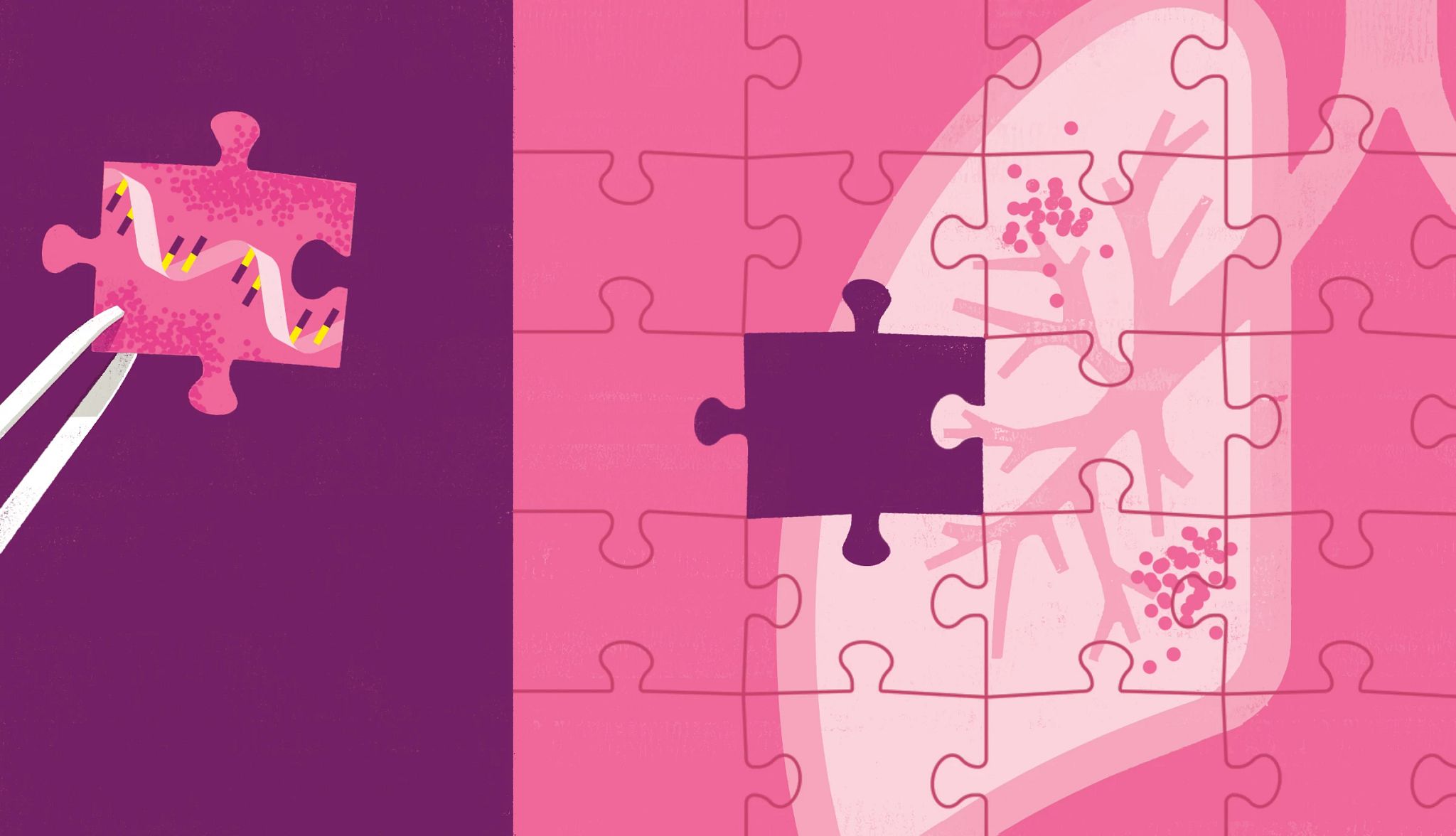
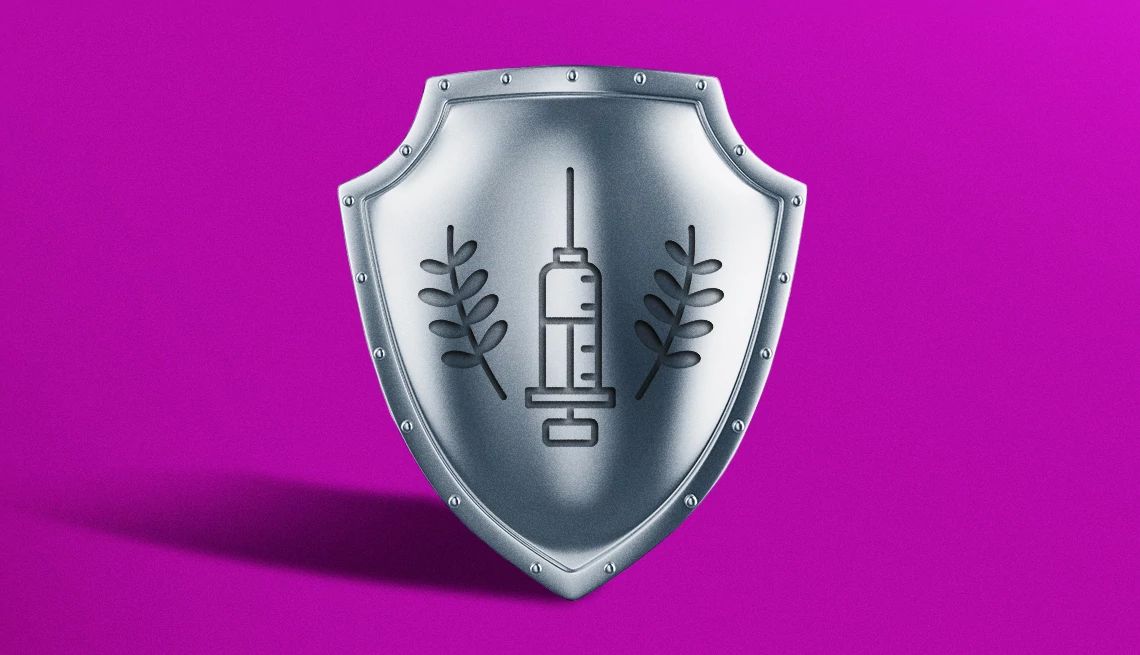
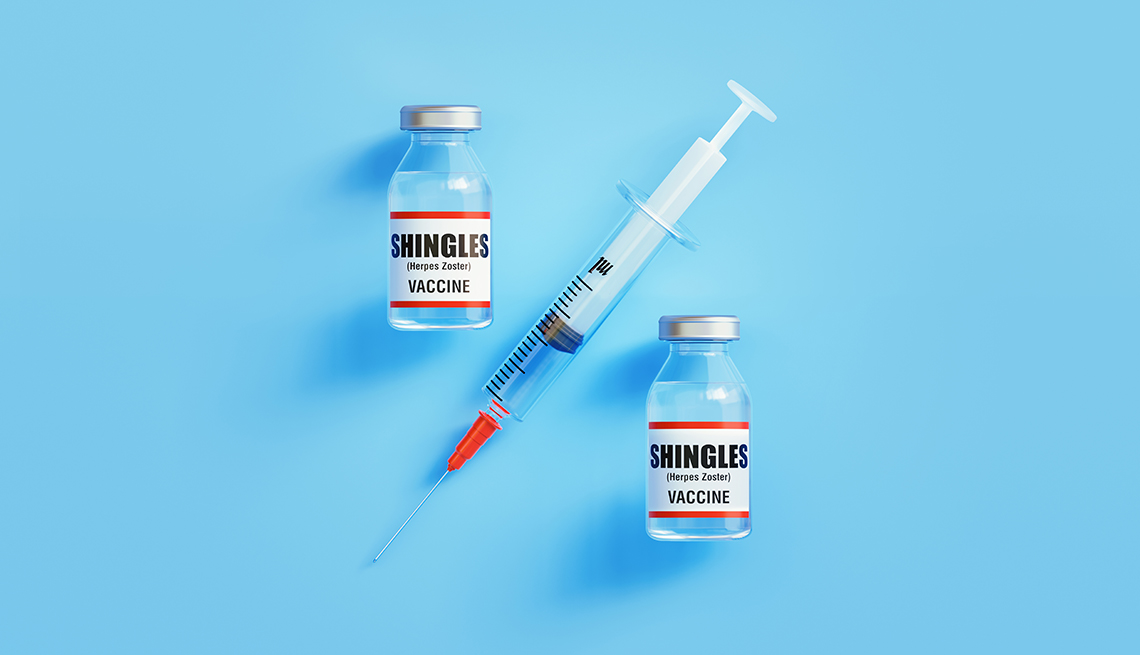

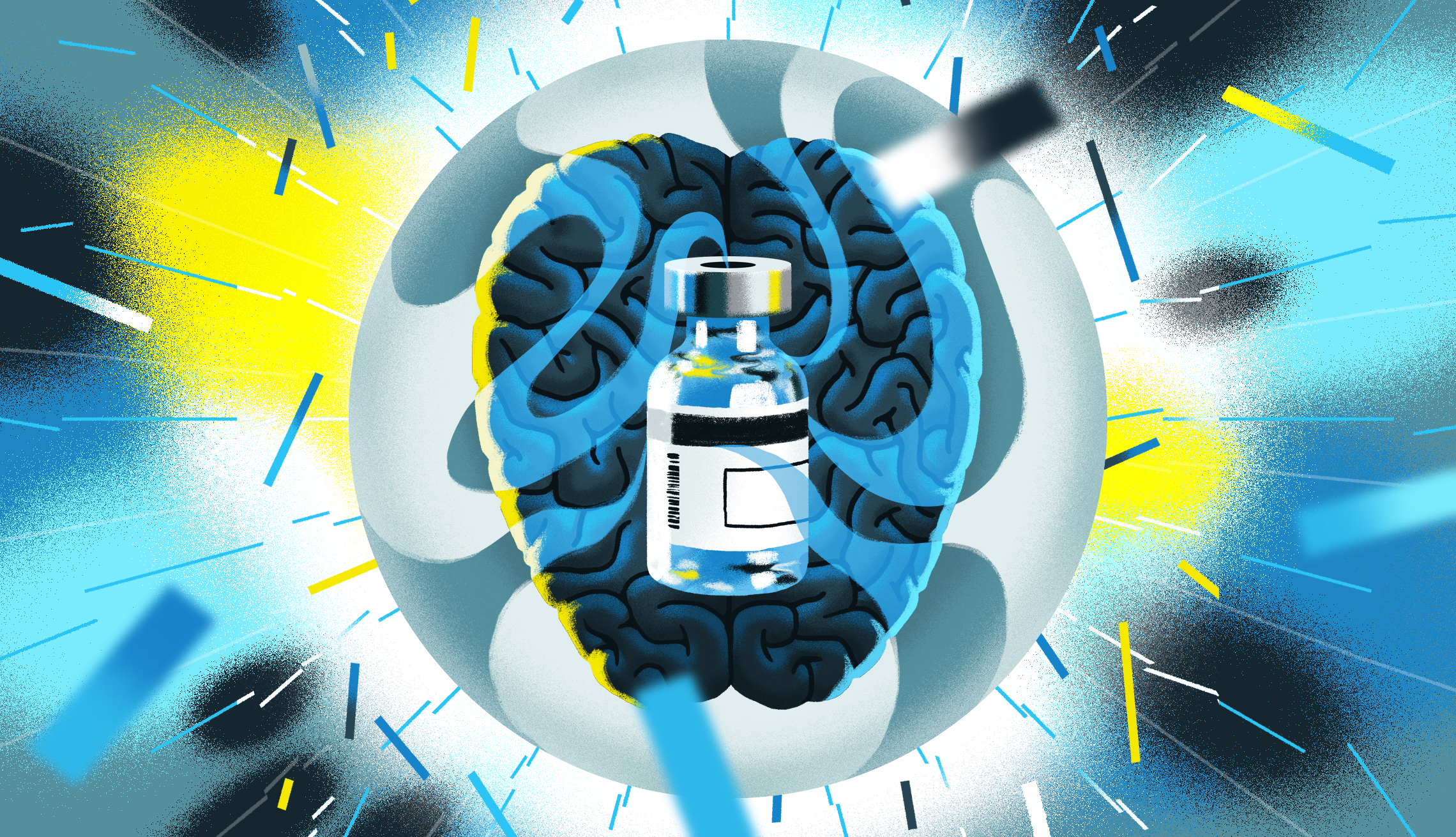

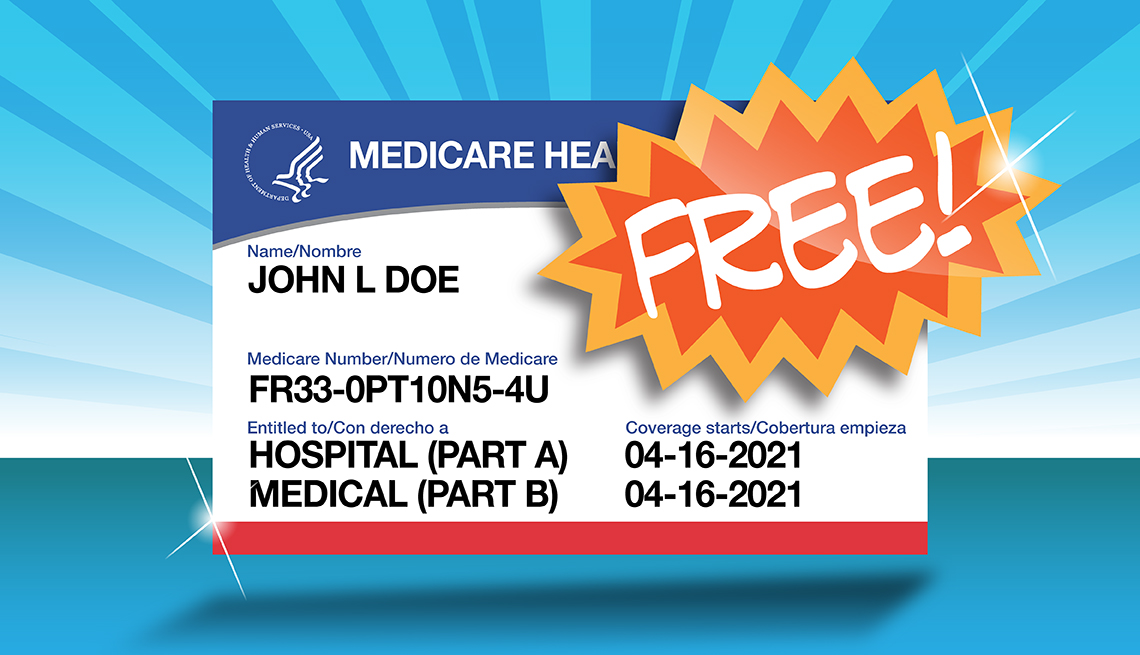

)
)




More From AARP
What’s Causing Your GI Issues?
Find out what can cause gas, diarrhea, nausea and other issues in your gastrointestinal tract
The Link Between Breast Cancer and Weight Gain
What to know about risks during and after menopause
Heart-Smart Choices for a Healthier Day
Heart-healthy habits for every part of your day